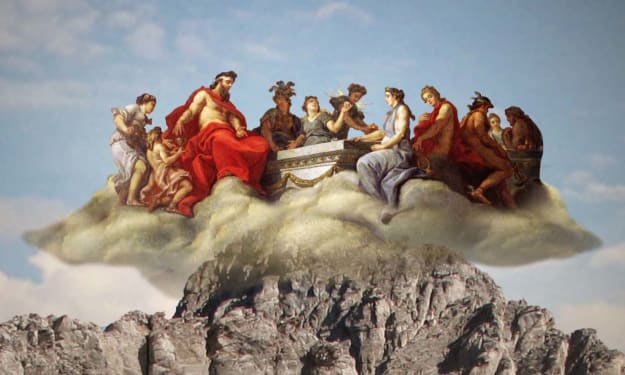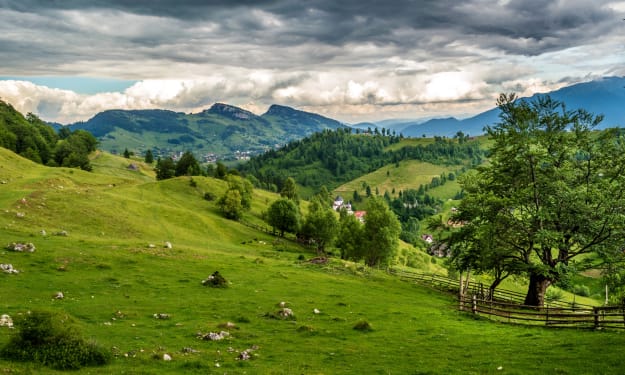The e cave paintings of Chauvet-Pont-d'Arc, France
The e cave paintings of Chauvet-Pont-d'Arc, France

The e cave paintings of Chauvet-Pont-d'Arc, France
Nestled within the limestone cliffs of the Ardèche region in southern France, the Chauvet-Pont-d'Arc Cave houses an ancient masterpiece that defies the constraints of time. Its walls, adorned with magnificent cave paintings, transport us back in time to an era when early humans sought to capture the essence of their world through art.
The story of Chauvet-Pont-d'Arc began in 1994 when three spelunkers—Jean-Marie Chauvet, Eliette Brunel, and Christian Hillaire—stumbled upon the cave's entrance. What they discovered within was nothing short of extraordinary: a pristine time capsule of prehistoric art dating back approximately 36,000 years. These incredible artworks predate even the famous Lascaux cave paintings by several millennia.
The cave paintings of Chauvet-Pont-d'Arc are a testament to the creative spirit of our distant ancestors. The artists used the contours of the cave walls and natural rock formations to breathe life into their subjects. What they left behind is a gallery of animals, rendered with astonishing skill and accuracy. Lions, rhinoceroses, bears, mammoths, and horses, among other creatures, leap from the walls with an energy and dynamism that belies their age.
The precision and technique displayed in these artworks are awe-inspiring. The artists utilized a combination of charcoal and various ochre pigments to create their masterpieces. They employed a variety of methods to apply the pigments, from finger painting to the use of rudimentary brushes made from twigs or animal hair. The attention to detail in the fur, musculature, and expression of the depicted animals reveal a profound understanding of the natural world.
One of the most striking features of the Chauvet-Pont-d'Arc paintings is the use of movement and perspective. These prehistoric artists understood how to capture the essence of a creature in motion, whether it's the galloping horses or the stalking predators. The use of the cave's contours and relief added an extra dimension to the paintings, making them appear almost three-dimensional when illuminated by torchlight.
The artists didn't limit themselves to animals. They also depicted human figures in the form of handprints and stencil outlines, as well as a few enigmatic partial figures. These human representations offer tantalizing glimpses into the spiritual and cultural life of our ancient ancestors. Were these depictions symbolic, shamanistic, or simply artistic expressions of their surroundings and experiences?
The significance of the Chauvet-Pont-d'Arc Cave goes beyond its artistic value. It provides a rare window into the lives of Paleolithic humans, offering clues about their hunting practices, beliefs, and daily existence. The presence of so many predators in the cave paintings hints at a close relationship between early humans and the natural world, perhaps even a form of reverence or spiritual connection.
The conservation and preservation of the Chauvet-Pont-d'Arc Cave have been paramount since its discovery. In order to protect the fragile environment and the priceless artworks, access to the original cave is highly restricted. Researchers and scientists can only enter under strict conditions to minimize human impact. However, efforts have been made to share this remarkable treasure with the world.
In 2015, a replica of the Chauvet-Pont-d'Arc Cave, known as the Chauvet 2 Cave, was opened to the public near the original site. This replica painstakingly recreates the cave's interior, allowing visitors to experience the awe and wonder of the prehistoric paintings while preserving the fragile original. It's a testament to the importance of both conservation and education.
The Chauvet-Pont-d'Arc Cave paintings are a testament to the enduring power of art and its ability to transcend time and space. These ancient artworks, created in the depths of a dark and hidden cave, have emerged into the light of modern understanding, offering a glimpse into the minds and hearts of our ancestors. They remind us that the impulse to create, to express, and to connect with the world around us is a fundamental and timeless part of the human experience.
As we stand in the presence of these ancient masterpieces, we are humbled by the shared creative spirit that has persisted throughout human history. The Chauvet-Pont-d'Arc Cave paintings are not just a glimpse into the past; they are a testament to the enduring power of human imagination and our deep-seated need to leave our mark on the world, even if that mark is hidden away in the depths of time.
About the Creator
Raymark Marcos
A Writer and Guitarist
A son of God
A student who's doing a lot of side hustles to earn enough money to be able to go for college.






Comments
There are no comments for this story
Be the first to respond and start the conversation.